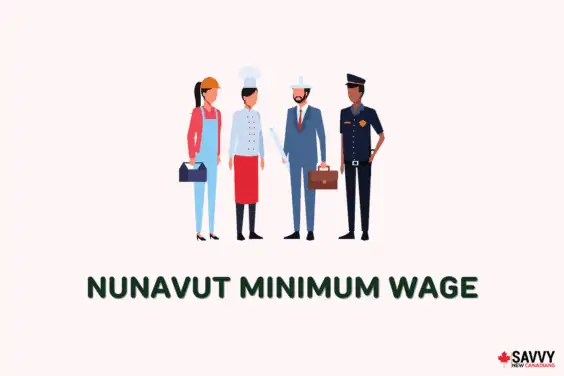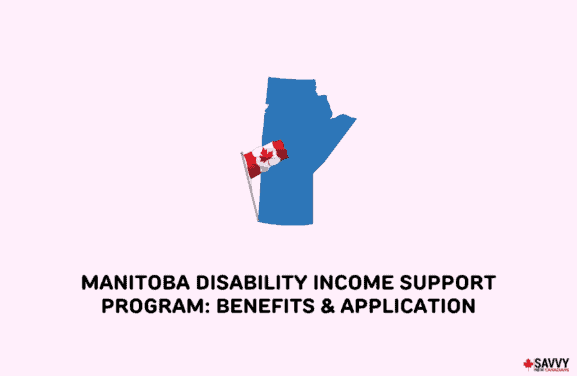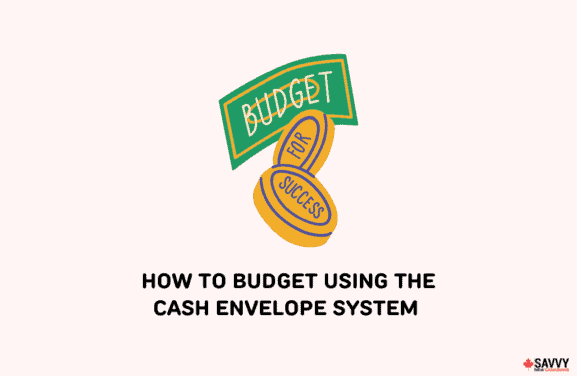Being told you are on permanent or temporary layoff in Canada can damage anyone’s self-esteem and cause an urgency that tempts you to rush through things.
While getting laid off may not be your fault, dealing with its accompanying uncertainties can be challenging.
If you get hit with this disheartening news, here are some things you can do to help prepare for the next job-hunting phase.
Key Takeaways
- Before signing any document, ask to take it home and review it thoroughly.
- Laid-off employees who completed a minimum of 12 consecutive months of continuous work before the layoff have the right to collect severance pay.
- A typical severance pay consists of two days’ pay at the regular wage rate for every full year of employment, with the minimum benefit of five days’ pay.
What to Do When You Get Laid Off
When you are laid off, it is crucial to remember that it is not your fault. Companies lay off staff when they try to cut costs, restructure or downscale.
The moment your employer hands you the news, strive to stay present, manage your emotions, and keep them in check to maintain your dignity.
Take time to process the news, and avoid worrying about what to say when you get laid off.
After the initial shock wears off, you may be more mentally ready to deal with the steps to take after the layoff.
If your employer wants you to sign anything, ask to take it home with you and review it thoroughly before signing it.
Ask About Severance and Your Last Paycheck
If you have completed at least 12 consecutive months of continuous employment before you got laid off, you are entitled to collect severance pay.
Your employer is under obligation to pay you two days’ regular wages for every full year that you worked for the company before the termination of your employment, with a minimum of 5 days’ pay.
In calculating your severance pay, the following factors are considered:
- Length of service
- Position in the company
- The reason for the layoff
- The employment terms in your contract
- Your union’s collective agreement
- The regulations in your province or territory
Your employer will typically give you a document that provides details about the financial package you will get, including severance pay, how much it will be, and when you will receive it.
The severance pay you will receive from your employer may be through a lump sum, salary continuance, or deferred payments.
In addition, ask your employer when you can get your final paycheck. The company may send it to your bank via direct deposit or the mail.
Inquire from your HR department if you are entitled to additional payment for overtime, vacation days, or sick leaves of absence you have accumulated as an employee.
Know Your Rights
Speak with your attorney or a financial expert to learn about your rights and obligations. Know the rules to protect yourself and learn about the labour rules in your province or territory.
Find out if your employer has followed the law in your area. Review your contract and search for the part that mentions your employer’s right to lay you off.
By law, an employer must provide at least two weeks’ notice to an employee they intend to terminate, except in cases of employee misconduct.
Ask About Benefits Coverage
Inquire about what happens to your benefits coverage. Layoffs often result in the cessation of coverage for you and your dependents once your employment stops.
If you have been paying into your workplace pension, ask about it as well. It is possible to transfer your pension or take it with you when you leave.
Consider getting personal insurance in the interim to ensure coverage while looking for another job.
Review Your Budget
With the loss of your job, your financial situation becomes vulnerable. Determine your current financial health. Take stock of your finances and review your budget.
Assess your emergency fund and other savings accounts. As a laid-off employee, you will have inputs such as your final pay, severance pay, and EI benefits.
Factor these things into your assessment. Create a budget and find ways to cut costs. Understanding your financial status helps you maintain financial stability until your next job.
Start a Job Search
Find job openings and vacancies through job boards like Canadian Job Bank, Indeed, Monster, Jooble, and LinkedIn.
If you have previously considered self-employment or expanding a side hustle, offer your services as a contractor or freelancer.
Take some time to reflect on your career path, if you still want to do the same thing or if this layoff would be an opportunity to change careers.
Update Your Resume and Cover Letter
Whether you are looking for a similar job or want to start a career in a new industry, update your resume and cover letter to include your recent experience.
Emphasize your value as an employee by listing your applicable skills, specifying your contributions as an employee, and quantifying your accomplishments.
Demonstrate your capability to excel in the position you are applying for. Make a list of your hard and soft skills relevant to the new role so your potential employer sees that you are a good fit.
What Does It Mean To Be Laid Off?
A layoff is a process in which a company decides to terminate, either temporarily or permanently, its contract with an employee, usually due to financial difficulties.
In Canada, layoffs often involve temporary suspension of employment, but sometimes it may also mean an employee is permanently out of work due to no fault of their own.
At times, layoffs are only temporary, and employees can resume employment once the company’s financial situation improves.
Laying off employees is a cost-cutting measure employers use to cut costs to cover increased expenses in the face of a work availability shortage.
Companies usually resort to layoffs only after other measures prove ineffective. These include voluntary leaves of absence, wage freezes, or operational changes.
A layoff is considered a termination of employment if the company does not intend to recall the employee to report back for work.
Do You Get Severance Pay When Laid Off in Canada?
Severance pay is the compensation that an employee receives from their employer when his or her services are terminated without cause.
A laid-off employee who has completed at least 12 consecutive months of continuous work before the layoff has the right to collect severance pay.
In Canada, an employer is typically obliged to pay severance pay under these circumstances:
- Removes your job position
- Lays off employees for 35 weeks or more during a single year
- When the company declares bankruptcy
- Shuts down the company
EI Layoff Rules
If you got laid off from your job through no fault of your own, you may be entitled to receive Employment Insurance (EI) benefits. Below are the EI layoff rules you need to follow.
Before collecting your EI, your employer must submit your Record of Employment (ROE). Make sure to secure a copy of the document.
To apply for EI benefits, register online or via phone. When submitting your claim, provide details about your employment situation and income.
Submit a claim every two weeks to ensure you receive your benefits. You will receive EI payments for a maximum of one year or 26 bi-weekly periods.
How much EI benefits you will receive depends on your earnings before your layoff. Generally, the basic rate is 55% of the average insurable weekly earnings, up to a maximum amount.
As of January 2023, the maximum yearly insurable earnings amount you will receive is $61,500, or $650 per week.
EI benefits are not available to employees who quit their jobs or were fired.
Conclusion
Getting laid off can be shocking when it happens to you. It can affect your self-confidence and your perception of future career opportunities.
The months following your layoff may be hard to handle, especially financially. Thus, knowing what to do after being laid off is crucial in helping you move forward.
On a more optimistic note, you may want to look at the positive side of things and consider why being laid off is good.
The layoff may also be an opportunity for you to try something new, such as a different field or a new career.
Once you have recovered from the experience, start taking steps toward finding a new job or embarking on a new endeavour.
FAQs
Check your severance package, your benefits and obligations. Get your record of employment and collect your employer-sponsored pension plan. Apply for your EI benefits and review your financial situation and your budget.
The typical severance package for laid-off employees in Canada consists of two days’ pay (at the employee’s regular wage rate) for every full year of employment. The minimum benefit is five days’ pay.
The duration of a layoff not considered a termination of employment is at least three months or less but not more than 12 months. During this time, the employee maintains recall rights under a collective agreement.
It may take two to six months to find a job after being laid off. If the layoff was caused by an economic recession or an industry-wide problem, it may take six months or longer. It also depends on your being proactive or whether or not you are networking or just waiting for a recruiter.
Related:



